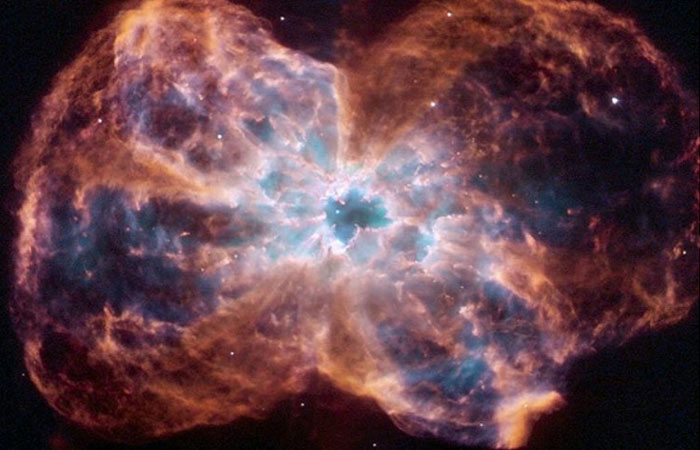NASA revela cómo morirá el sol
La NASA ha publicado una imagen de ‘El último adiós’ de una estrella muy similar a nuestro sol en su cuenta de Instagram.

La NASA ha publicado una imagen de ‘El último adiós’ de una estrella muy similar a nuestro sol en su cuenta de Instagram.
La NASA ha publicado una imagen en su cuenta oficial de Instagram revelando la muerte de una estrella muy parecida al sol.
En la descripción la NASA publica que "La estrella está terminando su vida al despojarse de sus capas exteriores gas que forman un capullo alrededor de su núcleo. La luz ultravioleta de la estrella moribunda hace que el material brille. La estrella ardida, una enana blanca, es el punto blanco en el centro"
La imagen fue capturada por el telescopio espacial Hubble y fue llamada ‘El último adiós’.
La NASA señala que el punto blanco que se encuentra en el centro de la imagen es la estrella quemada, nombrada ‘enana blanca’.
Aclara que nuestro sol también se quemará y se envolverá en restos estelares, pero este fenómeno no ocurrirá si no hasta dentro de unos 5 mil millones de años.
Te puede interesar:
Colombia.com



